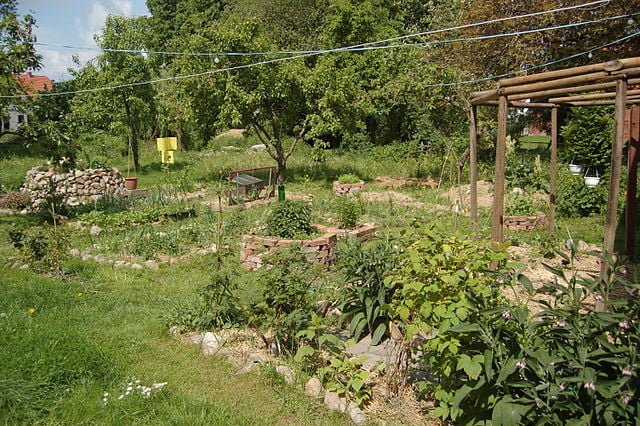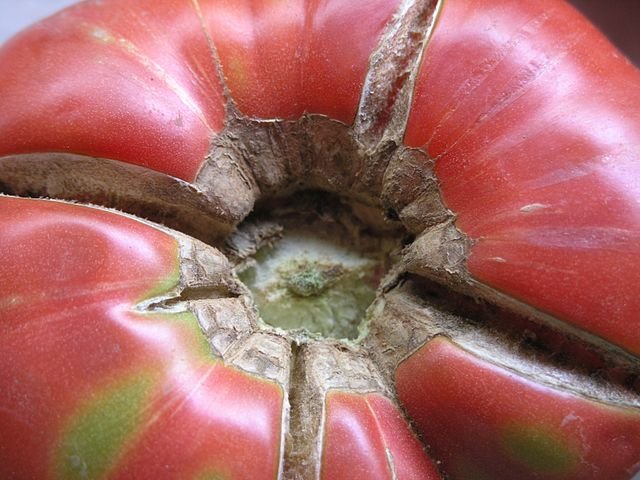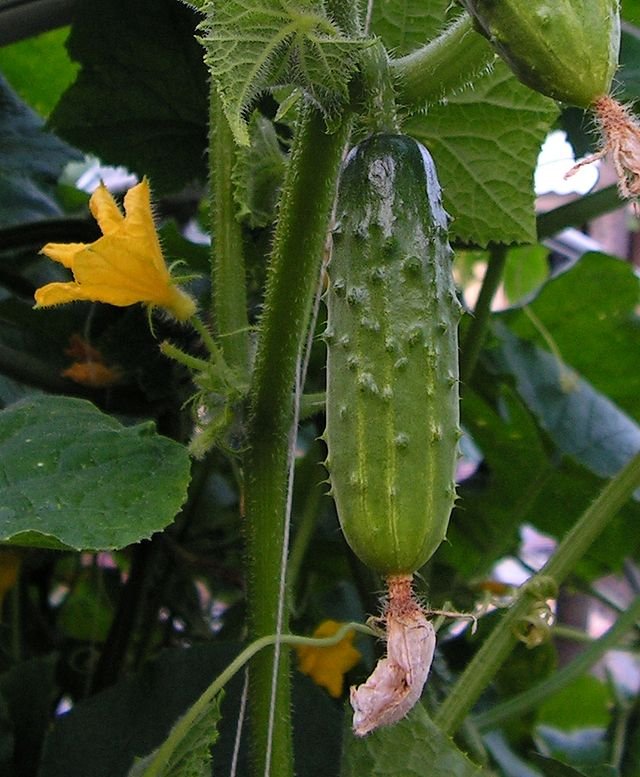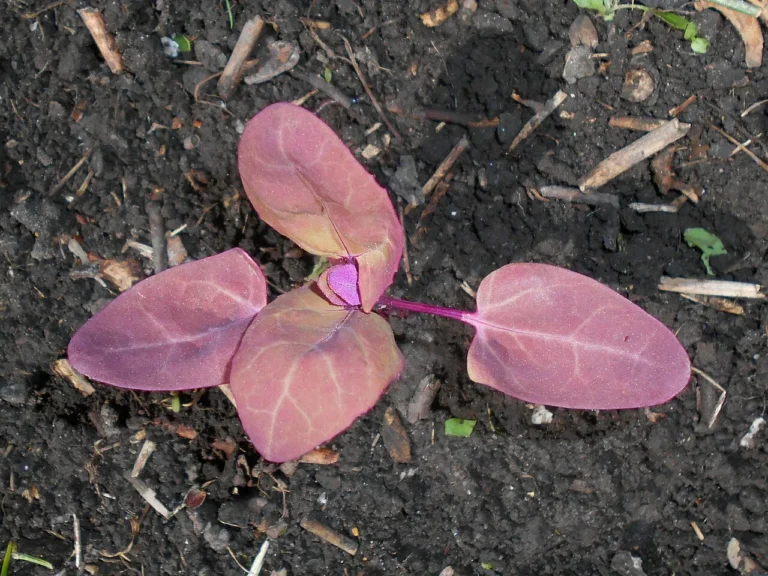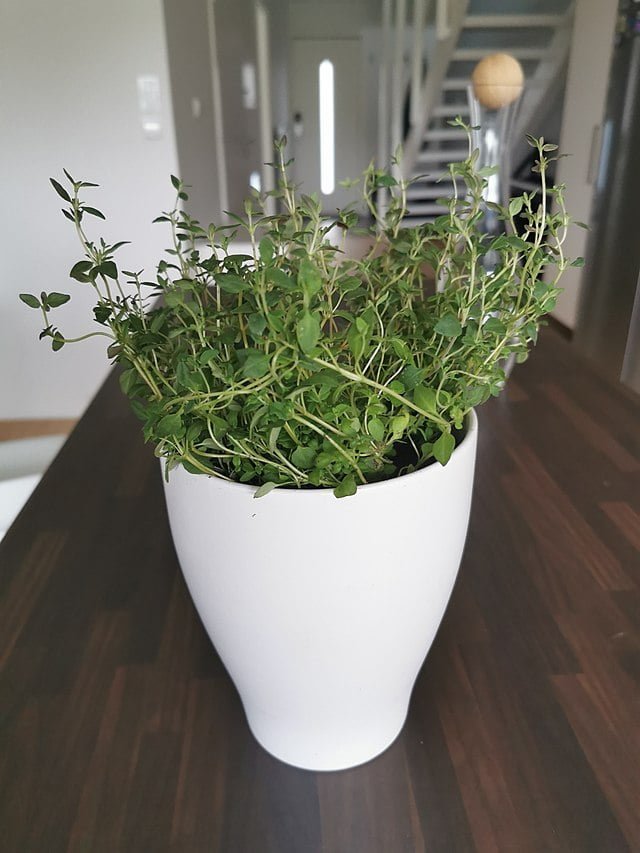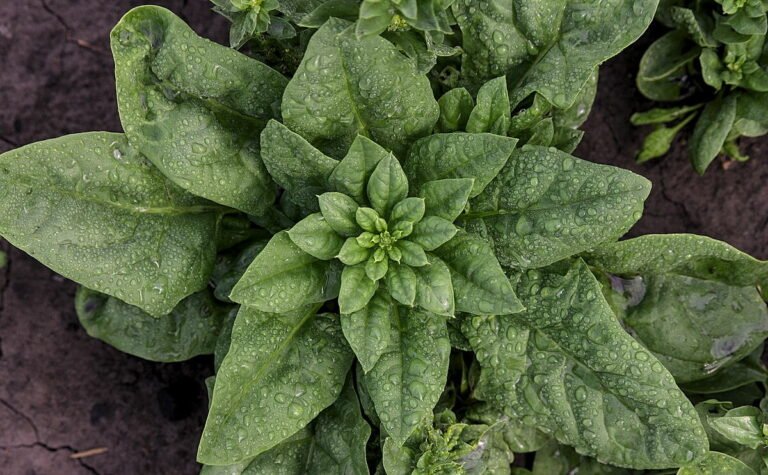Permaculture Gardening: Harmonizing with Nature
Greetings, garden enthusiasts! Today, let’s explore the enchanting world of permaculture gardening, a method that harmonizes your gardening efforts with nature. This approach fosters sustainable and self-sufficient ecosystems. So, let’s dive into permaculture and find out how we can incorporate its principles into our gardens!
What is Permaculture Gardening?
Permaculture is a sustainable design system that simulates the patterns observed in natural ecosystems. The term “permaculture” is a combination of “permanent” and “culture,” representing the creation of sustainable and self-sufficient agricultural systems.
Principles of Permaculture
Permaculture gardening relies on three central principles:
- Care for the Earth: This involves protecting and nurturing the soil, water, and air, which are essential for all life.
- Care for People: This principle encourages us to care for ourselves, our communities, and our families by providing for our essential needs.
- Fair Share: This involves limiting our consumption to ensure that resources are distributed evenly, and excess is returned to support the first two principles.
How to Start Your Own Permaculture Garden
Intrigued by permaculture? Here are some steps to start your own permaculture garden:
- Observe and Interact: Before planting anything, spend time observing your garden area through different seasons. Notice how the sun tracks across your space, where the water flows, and where it collects.
- Catch and Store Energy: This could mean capturing rainwater, composting kitchen scraps, or creating windbreaks to reduce energy loss.
- Create ‘No Waste’ Systems: Aim for a zero-waste garden where every output becomes an input for something else. For instance, food scraps go into the compost pile, which feeds the soil that supports your plants.
- Promote Biodiversity: Diverse ecosystems are more resilient. By growing a variety of plants, you create a more balanced and productive garden.
- Use Edges: The intersection of different environments, like the edge of a pond or a forest, are usually the most productive. You can create this effect in your garden with smart design.
The Permaculture Garden’s Benefits
Permaculture gardening provides numerous benefits:
- Sustainability: By mimicking natural ecosystems, you can create a garden that sustains itself with minimal external inputs.
- Biodiversity: A permaculture garden encourages a wide variety of plant species, which promotes a healthy, balanced ecosystem.
- Reduced Waste: With its emphasis on using every output as an input, permaculture significantly reduces waste.
Starting a permaculture garden is more than just a gardening project; it’s a commitment to living harmoniously with nature. While it may require more initial planning and setup than a traditional garden, the end result is a sustainable, self-sufficient ecosystem right in your backyard. So, why not give permaculture gardening a try and witness the magic of nature firsthand? Happy gardening!

